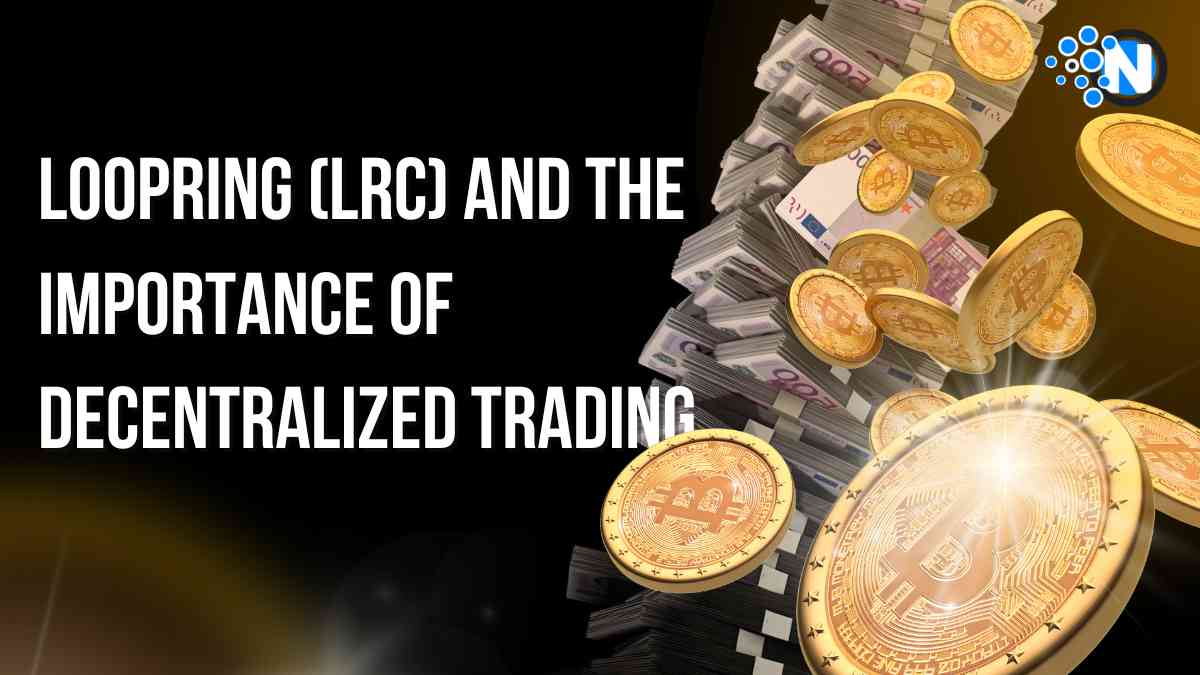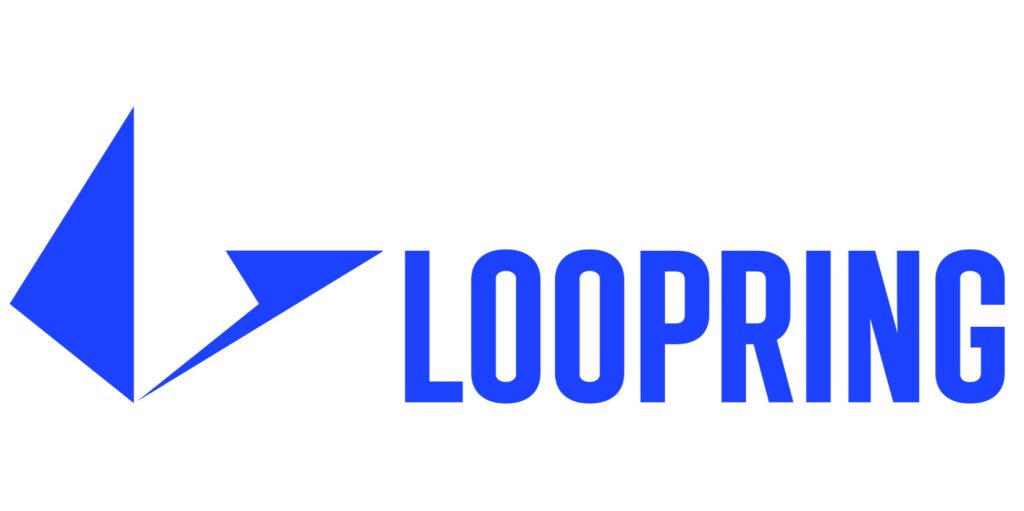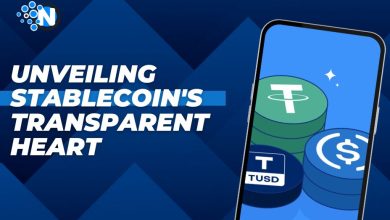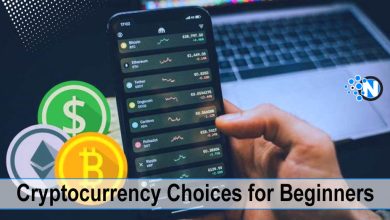Loopring (LRC) and the Importance of Decentralized Trading

Decentralized trading platforms are very much popular in this world of digital currencies. With the development of blockchain technology, users can now create decentralized trading platforms for a more secure, transparent, and cost-effective way to trade. One such platform that has been making waves is Loopring (LRC).
In this article, we’ll look closer at Loopring and explore the importance of decentralized trading. If you are about to invest in Bitcoin, you must invest first in a reliable trading platform like Bitcoin Code.
Below we will discuss the top benefits of decentralized trading and how it can help investors protect their investments and boost their profits. We will also share the key features of Loopring (LRC) and why it is becoming one of the most popular decentralized exchanges in the market today.
What is Decentralized Trading?
Decentralized trading is a type of trading conducted on decentralized platforms instead of on centralized exchanges. In centralized trading, investors depend on a third-party intermediary to facilitate transactions and maintain custody of their assets. This leaves investors vulnerable to the risks of hacking, theft, and fraud, as well as high fees and slow transaction speeds.
Decentralized trading eliminates the need for brokers by using blockchain technology to facilitate peer-to-peer transactions. This creates a more secure, transparent, and cost-effective way to trade, as investors can maintain full control of their assets and transact directly with other investors on the platform.
The Benefits of Decentralized Trading
Decentralized trading offers several benefits over centralized trading, including:
- Security: Decentralized trading platforms are more secure than centralized exchanges, as they eliminate the need for intermediaries and keep assets in the control of the investor. This greatly reduces the risk of hacking, theft, and fraud.
- Transparency: Decentralized trading platforms are more transparent than centralized exchanges, as all transactions are recorded on the blockchain and can be easily verified by anyone. This ensures that investors can trust the platform’s integrity and its users.
- Cost-effectiveness: Decentralized trading platforms are generally more cost-effective than centralized exchanges, as they eliminate the need for intermediaries and their associated fees. This allows investors to save money on trading fees and other expenses.
- Access: Decentralized trading platforms are accessible to anyone with an internet connection, regardless of their location or financial status. This allows investors to participate in the market on their terms and without needing a third-party intermediary.
Introducing Loopring (LRC)
Overview and Core Principles
Loopring is an open-source protocol that enables decentralized exchanges (DEXs) formation. It operates on the Ethereum blockchain and provides users with a secure, scalable, and cost-effective solution for decentralized trading. Several core principles, including transparency, non-custodial trading, and interoperability guide loopring.
How Loopring Works
Loopring employs a unique layer-2 scaling solution called zkRollup to overcome the scalability limitations of the Ethereum network. zkRollup allows Loopring to process many transactions off-chain while maintaining the security and trustlessness of the Ethereum blockchain. This results in significantly reduced gas fees and faster transaction confirmations, making Loopring an attractive option for traders.

Key Features of Loopring
1. Order Ring Matching
One of the standout features of Loopring is its order ring matching technology. Traditional exchanges match buyers and sellers on a one-to-one basis. However, Loopring allows for multiple orders to be combined into a single transaction, forming a ring. This approach enables greater liquidity and better price execution for traders, leading to more efficient and cost-effective trades.
2. Dual Authoring
Loopring employs a dual authoring system to ensure the security of transactions. When a trade is initiated, the user’s wallet signs the order, and the Loopring protocol countersigns it. This double signature process prevents malicious actors from tampering with the transaction and provides additional protection for users’ funds.
3. On-Chain Settlement
Loopring utilizes on-chain settlement, meaning that trades are settled directly on the blockchain. This eliminates the need to trust a centralized entity to hold and manage users’ funds. By settling trades on-chain, Loopring ensures transparency and immutability, giving users full control and ownership of their assets.
4. Fee Model
Loopring employs a unique fee model that benefits both traders and market makers. Traders are incentivized to place orders that improve the platform’s liquidity, as they receive a portion of the fees collected from subsequent trades. On the other hand, market makers are rewarded with a share of the trading fees for providing liquidity to the platform. This fee-sharing mechanism promotes a vibrant and liquid trading environment in Loopring.
The Advantages of Decentralized Trading with Loopring
1. Enhanced Security
Decentralized trading platforms like Loopring offer enhanced security compared to centralized exchanges. With Loopring, users retain control of their private keys, reducing the risk of hacking and theft. Additionally, transactions are settled on the blockchain, ensuring transparency and eliminating the possibility of unauthorized modifications.
2. Greater Privacy
Privacy is a key concern for many cryptocurrency users. Centralized exchanges often require users to complete KYC (Know Your Customer) procedures, compromising their anonymity. Loopring, as a decentralized platform, allows users to trade without disclosing personal information, preserving their privacy.
3. Improved Liquidity
Loopring’s order ring matching technology significantly enhances liquidity compared to traditional decentralized exchanges. By combining multiple orders into a single transaction, Loopring achieves better price execution and minimizes slippage. This attracts more traders to the platform, resulting in increased liquidity and better trading opportunities for all participants.
4. Lower Costs
Traditional exchanges often charge high fees for trades and withdrawals. Loopring, with its fee-sharing model, offers traders and market makers the opportunity to earn rewards for their participation. This reduces trading costs for users and incentivizes them to contribute to the liquidity and growth of the platform.
Conclusion
Decentralized trading is revolutionizing the way financial transactions are conducted by eliminating intermediaries and empowering users with greater control and privacy. Loopring (LRC), with its advanced features and commitment to decentralization, has emerged as a prominent player in the decentralized exchange landscape. By leveraging the power of blockchain technology, Loopring provides users with secure, cost-effective, and user-centric trading experiences. As decentralized trading continues to gain traction, Loopring is well-positioned to shape the future of the global financial ecosystem.




